Batavia Interior Trim
Welcome to ProMillwork, where craftsmanship meets sophistication in the heart of Chicagoland. As a premier interior trim company serving Batavia, we take pride in transforming living spaces into elegantly curated environments. Our commitment to excellence is reflected in every detail, from meticulously crafted hardwood baseboards and crown molding to timeless door and window casings.
Call ProMillwork Now
(630) 264-2100
Types of Batavia Interior Trim
Interior trim styles can vary based on design trends, architectural influences, and regional preferences.
In the Midwest, where a blend of traditional and modern aesthetics often coexists, several types of interior trim are popular. Keep in mind that preferences may change over time, and individual choices can vary.
At ProMillwork, we focus on five main types of Batavia interior trim:
Door Casing
Door casing refers to the decorative molding or trim that surrounds a door, serving both functional and aesthetic purposes. This architectural element is typically installed on the interior sides of door frames and is designed to conceal the joint between the wall surface and the door jamb. Door casing comes in various styles, ranging from simple and streamlined to more elaborate and ornate, depending on the desired aesthetic of the space.
Base Moulding
Base molding, also known as baseboard or skirting, is a trim element that serves both functional and aesthetic purposes in interior design. Typically installed at the junction of the wall and the floor, base molding adds a finishing touch to a room by concealing the joint and providing a transition between the vertical wall surface and the horizontal floor. Base moldings come in a variety of styles and profiles, ranging from simple and straightforward designs to more intricate and ornate patterns, allowing homeowners to choose a style that complements the overall aesthetic of the space.
Primed Boards
Primed boards refer to wooden boards that have been pre-coated with a layer of primer, a paint undercoat that enhances adhesion and promotes a smoother finish when the boards are painted. These boards are commonly used in construction and interior finishing projects, offering a convenient and time-saving solution for those who prefer a pre-primed surface. The primer applied to the boards creates a sealed and uniform base, helping to prevent the absorption of paint and ensuring that the final coat adheres evenly. This not only streamlines the painting process but also contributes to a more professional and polished look.
Interior Finish Boards
Interior finish boards encompass a variety of wooden boards and trim elements used to add the final touches to the interior of a space, contributing to both functionality and aesthetic appeal. These boards can include baseboards, crown molding, chair rails, and other decorative trim components. Often made from materials such as wood or MDF (medium-density fiberboard), interior finish boards serve to conceal joints, transitions, and edges in a room, providing a cohesive and polished look. They can be chosen in a range of profiles and styles, allowing homeowners and designers to customize the visual character of a space. Interior finish boards are commonly used around doors, windows, and along the junctions of walls and floors, creating a finished and harmonious appearance.
Hardwoods
Hardwood interior trim consists of decorative and functional elements crafted from hardwood, a durable and visually appealing wood sourced from deciduous trees. This type of trim is utilized to finish and enrich the appearance of interior spaces, offering both elegance and strength. Various hardwood species, such as oak, maple, cherry, walnut, and mahogany, are commonly employed, each possessing distinct characteristics in terms of color, grain pattern, and hardness. Hardwood trim finds applications in different areas of interior design, including baseboards, crown molding, door and window casings, chair rails, wainscoting, and other decorative features.
Got Questions?
We’re Here to Help.
Fill Out the Form Below to Send Us a Message…
Need An Answer Fast?
Call Us Now at (630) 264-2100
Directions to ProMillwork from Batavia, Illinois
- Head east on W Wilson St toward S Batavia Ave
- Turn right at the 1st cross street onto State Rte 31 S/S Batavia Ave
- Continue to follow State Rte 31 S
- Pass by Taco Bell (on the right in 5 mi)
- Turn right onto Albright Rd
- Destination will be on the right
Please click here for more detailed driving directions.
Batavia Base Molding
Base molding, also known as baseboard or skirting, is a type of trim that is installed at the bottom of a wall where it meets the floor. Similar to door casing, base molding serves both aesthetic and functional purposes in interior design. Here are some key points about base molding:
Aesthetic Enhancement:
Base molding provides a finishing touch to a room, covering the joint between the wall and the floor. It enhances the overall appearance of the space and adds a decorative element.
Material Options:
Similar to door casing, base molding can be made from various materials, including:
Wood:
Common for a traditional and classic look.
MDF (Medium Density Fiberboard):
Provides a smooth surface and is often used for painted applications.
Plastic or PVC:
Durable, moisture-resistant, and easy to clean, making them suitable for areas with higher humidity.
Profiles and Styles:
Base molding comes in different profiles and styles to match the overall design theme of a room. Common profiles include:
Flat or Straight:
A simple, straight profile without much detail.
Colonial:
Features a slight curve or rounded edge.
Cove:
Has a concave profile, creating a gentle curve.
Ogee:
Characterized by an S-shaped curve, offering a more decorative look.
Height and Proportion:
The height of base molding can vary, and the choice often depends on factors like the ceiling height and the desired aesthetic. Taller base moldings can add a sense of elegance, while shorter ones may be more subtle.
Installation:
Base molding is typically installed along the base of the walls using nails, screws, or adhesive. It can be installed flush with the wall or extend slightly beyond for added visual interest.
Inside corners are often mitered for a clean and seamless appearance.
Protection and Concealment:
Base molding helps protect the bottom of the wall from damage caused by furniture, vacuum cleaners, and other potential sources of impact.
It also conceals the joint between the wall and the floor, covering any gaps or imperfections.
Painting and Finishing:
Base molding is often painted or stained to match the overall color scheme of the room. It can be coordinated with other trim elements, such as door casing and crown molding.
Versatility:
Base molding is versatile and can be used in various settings, including residential and commercial spaces. It is common in living rooms, bedrooms, hallways, and other interior areas.
Base molding in Batavia, Illinois is an essential element of interior design, providing a polished and cohesive look to a room while also serving practical purposes. The choice of material, profile, and installation style can be tailored to complement the overall design theme of a space.
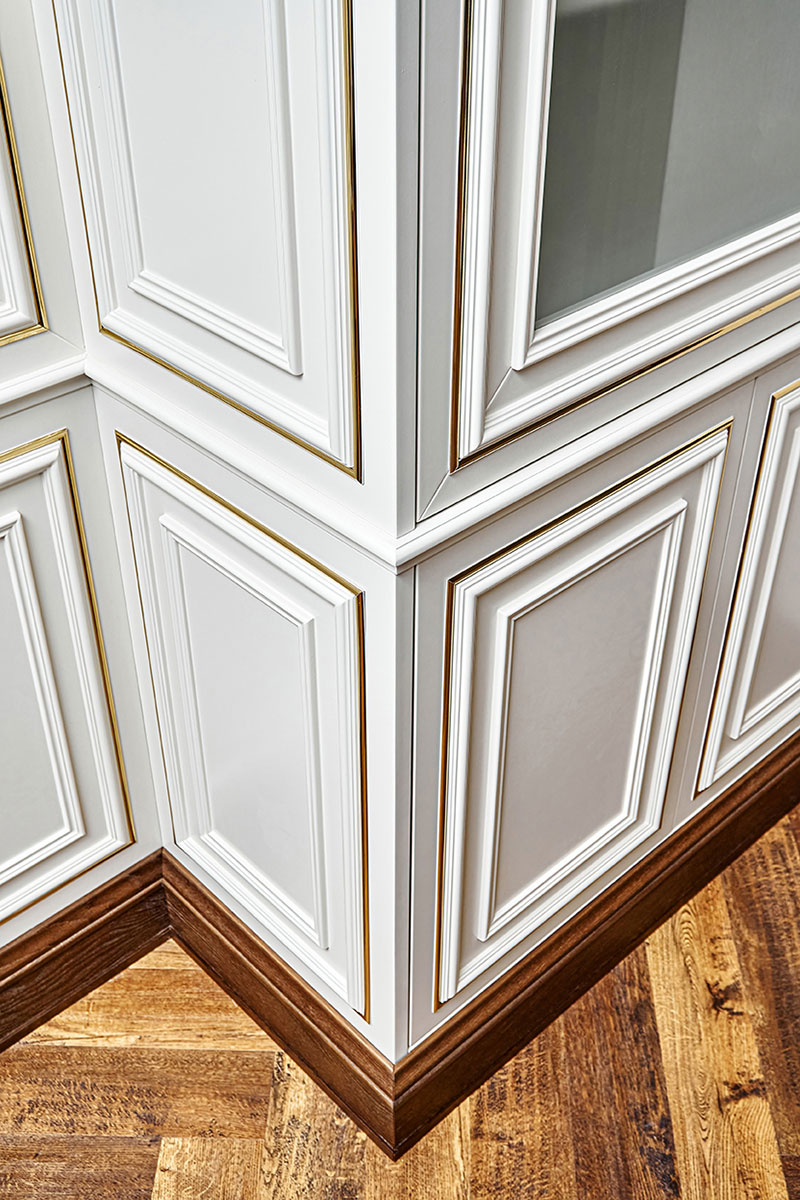
Contact Us Regarding Your Batavia Interior Trim Needs
Embark on a journey of transforming your living spaces with ProMillwork, your trusted partner for exquisite interior trim solutions in Batavia, Illinois. Our passion for craftsmanship and dedication to unparalleled design excellence set us apart as the go-to experts for all your interior trim needs. Whether you’re envisioning the timeless allure of crown molding, the classic charm of wainscoting, or any other personalized trim element, ProMillwork brings your vision to life. Elevate the aesthetics of your home with our tailored approach, ensuring every detail reflects your unique style. Don’t just dream it; let us craft it. Take the first step toward refined interiors by calling ProMillwork today. Our team of experts is ready to listen, advise, and turn your ideas into reality. Your dream home is just a call away—reach out now and experience the transformation.
Call ProMillwork Now
(630) 264-2100
Batavia Primed Boards
Primed boards, including primed MDF (Medium Density Fiberboard), primed finger-jointed pine (PFJ-Pine), and primed finger-jointed poplar (PFJ-Poplar), are types of building materials commonly used for trim work and other interior applications.
The term “primed” indicates that these boards come pre-coated with a primer, a preliminary layer of paint that prepares the surface for further finishing. Here’s some information about each type:
Primed MDF (Medium Density Fiberboard):
Material:
MDF is an engineered wood product made from wood fibers and resin, compressed into dense, stable sheets. It is known for its smooth surface and uniform density.
Priming:
Primed MDF comes with a factory-applied primer, which provides a smooth and even surface for painting.
Advantages:
MDF is less prone to warping or splitting compared to natural wood. The primed surface allows for easy painting and finishing.
Primed Finger-Jointed Pine (PFJ-Pine):
Material:
Finger-jointed pine is made by joining short sections of pine wood using finger joints. This process creates longer and more stable boards.
Priming:
PFJ-Pine comes pre-primed, simplifying the finishing process. The primer enhances paint adhesion and provides a consistent base for the final paint coat.
Advantages:
PFJ-Pine combines the natural beauty of pine with the stability provided by the finger-jointing process. The primed surface ensures a professional and durable finish.
Primed Finger-Jointed Poplar (PFJ-Poplar):
Material:
Finger-jointed poplar is similar to PFJ-Pine but is made from poplar wood. Poplar is known for its straight grain and light color.
Priming:
PFJ-Poplar is pre-primed, making it ready for painting. The primed surface helps achieve a consistent and high-quality finish.
Advantages:
Poplar is a hardwood that is easy to work with and has a fine, uniform texture. The finger-jointing process adds stability, and the primed surface simplifies the finishing process.
Primed Board Common Features:
Convenience:
The pre-primed feature of these boards saves time and effort during the finishing process, as the boards are ready for painting once installed.
Paint Adhesion:
The primed surface enhances the adhesion of the final paint coat, ensuring a smoother and more durable finish.
Versatility:
Primed boards are versatile and can be used for various interior applications, including baseboards, crown molding, door casing, and other trim work.
Consistency:
The factory-applied primer provides a consistent base, reducing the risk of uneven paint absorption and enhancing the overall aesthetic appeal.
When working with primed boards, it’s important to follow the manufacturer’s guidelines for painting and finishing to achieve the best results.
Proper preparation and attention to detail during installation and finishing will contribute to a polished and long-lasting appearance in your interior spaces.
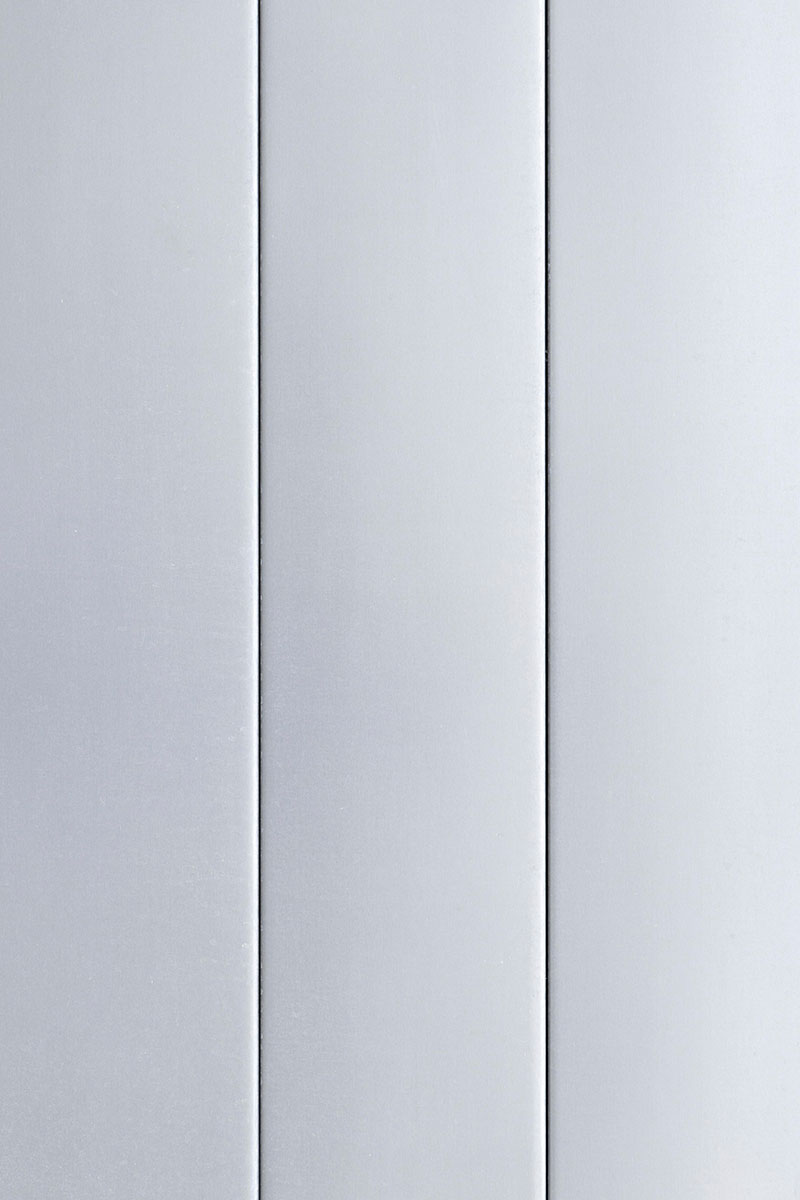
Batavia Interior Finish Boards
Interior finish boards refer to a variety of materials used for the final touches in the interior of a building. These boards serve both functional and aesthetic purposes, adding visual appeal while covering joints, transitions, and edges.
Here are some common types of interior finish boards:
Baseboards:
Purpose:
Baseboards, or base molding, cover the joint between the wall and the floor. They protect the bottom of the wall from damage, add a decorative element, and help create a finished look.
Materials:
Baseboards can be made of wood, MDF (Medium Density Fiberboard), PVC, or other materials. They come in various profiles and heights to suit different design preferences.
Crown Molding:
Purpose:
Crown molding, or cornice molding, is used at the junction of the wall and ceiling. It adds an elegant and decorative touch, visually enhancing the transition between the two surfaces.
Materials:
Crown molding is commonly made of wood, MDF, or polyurethane. It comes in different profiles and sizes, allowing for customization based on the architectural style.
Chair Rail:
Purpose:
Chair rail molding is typically installed horizontally on the wall at the height where chair backs might come into contact. It serves a protective function, preventing chairs from damaging the walls, and also adds a decorative element.
Materials:
Chair rails are available in various materials, including wood and MDF. They come in different styles and sizes to complement the overall design.
Wainscoting:
Purpose:
Wainscoting involves covering the lower portion of a wall with decorative paneling. It adds a classic and sophisticated look to interiors and also protects the wall from scuffs and dings.
Materials:
Wainscoting can be made from wood, MDF, or other materials. Beadboard and raised panel wainscoting are common styles.
Panel Molding:
Purpose:
Panel molding is used to create decorative wall panels or frames on the wall surface. It adds dimension and visual interest to plain walls.
Materials:
Panel molding is often made of wood or MDF. It comes in various designs and can be used to create intricate patterns on walls.
Window and Door Casings:
Purpose:
Casings are used to frame windows and doors, providing a finished look and covering gaps between the frame and the wall.
Materials:
Window and door casings can be made from wood, MDF, or other materials. They come in different profiles and styles to match the overall design theme.
Picture Rails:
Purpose:
Picture rails are installed near the top of the wall to hang pictures or artwork without the need for nails in the wall itself. They add a decorative and functional element.
Materials:
Picture rails can be made of wood or other materials and come in various profiles.
Quarter Round:
Purpose:
Quarter round molding is used to cover gaps between baseboards and the floor. It provides a seamless transition and adds a finishing touch.
Materials:
Quarter round molding is typically made of wood, MDF, or PVC.
These Batavia interior finish boards come in various materials, styles, and profiles, allowing for customization to match the overall design theme of a space.
Whether you’re aiming for a classic, modern, or eclectic look, choosing the right Batavia finish boards can significantly enhance the visual appeal of your interior.
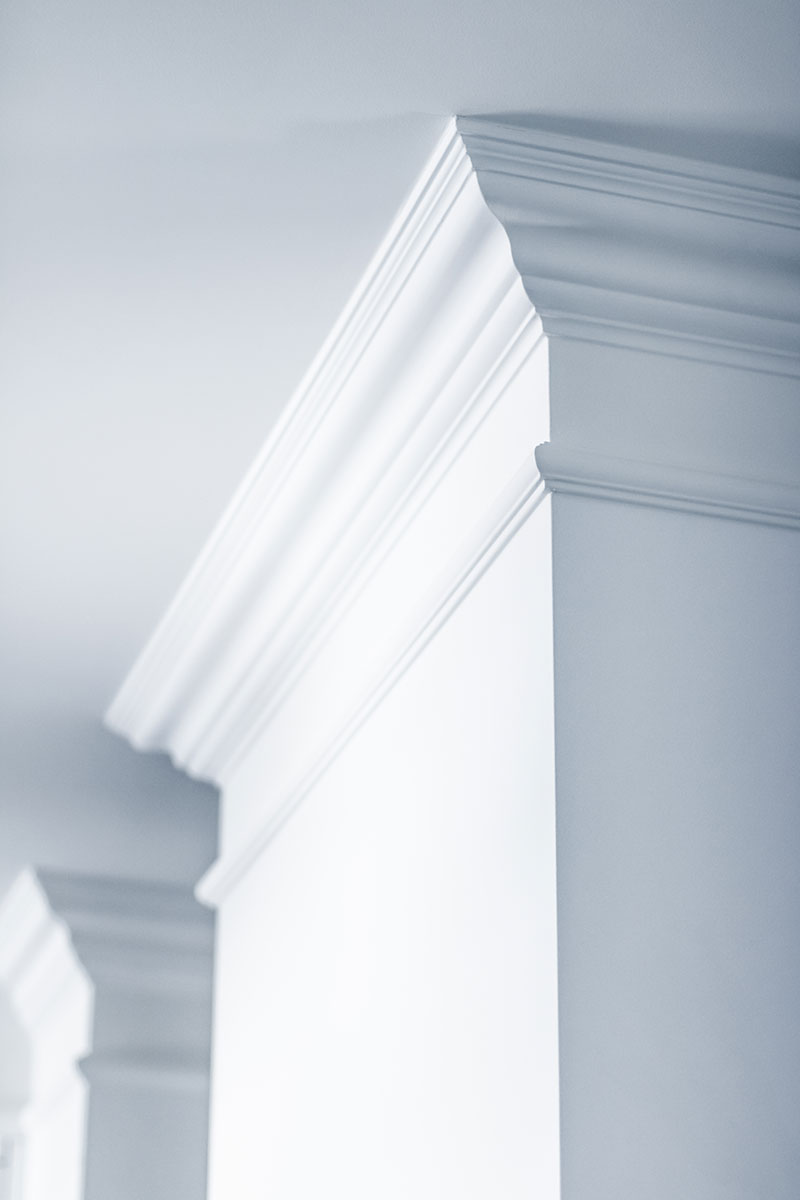
Batavia Hardwoods
Hardwoods are a type of wood that comes from deciduous trees, which are characterized by broad leaves that typically fall off in the autumn. Hardwood is renowned for its durability, strength, and attractive grain patterns.
Common hardwood species used for interior trim include oak, maple, cherry, walnut, and mahogany.
Here are some considerations for using hardwoods in terms of interior trim:
Baseboards and Crown Molding:
Hardwoods are frequently used for baseboards and crown molding due to their ability to withstand wear and tear while providing an elegant finish to a room. Oak and maple are popular choices for these applications.
Hardwood baseboards and crown molding are popular choices for interior trim, offering a classic and elegant finish to a room.
Door and Window Casings:
Hardwoods are well-suited for door and window casings, offering a refined and timeless look. The hardness of these woods helps prevent dents and damage in high-traffic areas. Cherry and walnut are often used for a rich, warm appearance.
Wainscoting and Paneling:
Hardwoods can be employed in wainscoting and paneling to enhance the visual appeal of walls. The fine grain of hardwoods contributes to a polished appearance, making spaces feel more luxurious. Mahogany and cherry are commonly chosen for this purpose.
Hardwood wainscoting and paneling are interior design elements that enhance the visual appeal of walls, adding character, warmth, and texture to a space.
Chair Rails:
Hardwood chair rails are decorative and functional elements installed horizontally along the wall at a height that typically corresponds to the backrest of a chair. They serve both aesthetic and practical purposes in interior design.
Hardwood chair rails are often used in dining rooms, hallways, and other areas where furniture may come into contact with the walls. They offer a practical solution for protecting the walls while simultaneously contributing to the room’s design and style. As with other hardwood elements, professional installation is recommended for the best results.
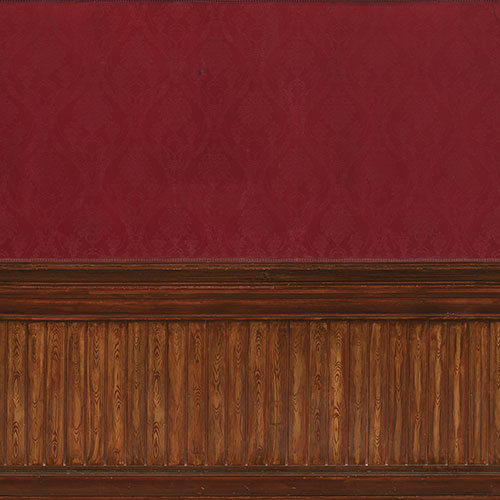
About Batavia, Illinois
Batavia is a city located in Kane County, Illinois, United States. Here are some key aspects and features of Batavia:
Location
Batavia is situated in the northeastern part of Illinois, approximately 40 miles west of Chicago. It is part of the Chicago metropolitan area.
History:
The city has a rich history, dating back to the 19th century. It was first settled in 1833 by Christopher Payne and Joseph Vial, and it quickly grew as an industrial and manufacturing center.
Economy:
Batavia has a diverse economy, with a mix of residential, commercial, and industrial areas. Over the years, it has transitioned from its industrial roots to a more diversified economic base.
Education:
The city is served by Batavia Public School District 101, which includes several elementary schools, middle schools, and Batavia High School. The presence of good schools is often a key factor in attracting residents.
Fermilab:
The city is known for being near Fermi National Accelerator Laboratory (Fermilab), one of the premier high-energy physics laboratories in the world. Fermilab has contributed significantly to scientific research and discoveries.
Riverwalk:
Batavia features a scenic Riverwalk along the Fox River, providing residents and visitors with a beautiful space for walking, biking, and enjoying nature.
Historic Downtown:
The downtown area of Batavia retains a historic charm with its well-preserved buildings, shops, and restaurants. It’s a popular destination for shopping and dining.
Transportation:
Batavia benefits from its proximity to major transportation routes, including Interstate 88, providing convenient access to neighboring cities and the broader Chicago metropolitan area.
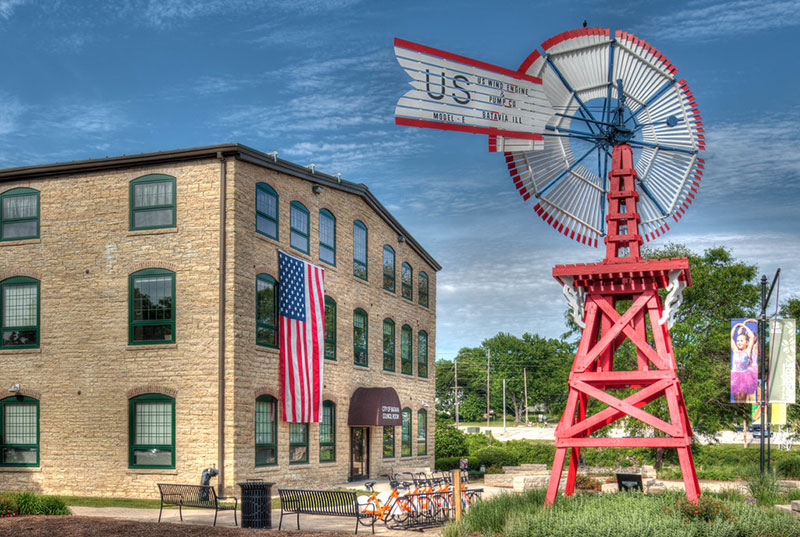
Batavia, IL Demographics
Population Size:
Batavia had a population of around 27,539 people, according to the United States Census Bureau’s 2020 data.Age Distribution:
The age distribution in Batavia is likely diverse, with residents spanning various age groups. It typically includes a mix of young families, professionals, and retirees.Ethnicity and Race:
Batavia, like many communities in the United States, is likely to be ethnically and racially diverse. Specific breakdowns may include White, Black or African American, Asian, Hispanic or Latino, and other ethnicities.Educational Attainment:
The city may have a well-educated population, with a significant portion holding at least a high school diploma and a notable percentage having completed higher education, including bachelor’s and advanced degrees.Income Levels:
The income levels in Batavia can vary, with a mix of middle-class households and potentially some higher-income households. The local economy, employment opportunities, and cost of living all contribute to income variations.Housing:
Batavia likely has a mix of housing options, including single-family homes, apartments, and possibly some condominiums. Housing values and rental prices can vary based on the neighborhood and housing type.Employment and Industries:
The city’s workforce is likely engaged in various industries, and employment opportunities may span manufacturing, services, education, and healthcare, among others.Batavia, Illinois FAQ
When was Batavia, Illinois settled?
Batavia, Illinois, was settled in the early 1830s. It was one of the earliest communities established in the region. The city’s history dates back to the 1833 founding of the Batavia Institute by Christopher Payne and his family. The area saw rapid growth due to its location along the Fox River and the availability of water power, which attracted industrial development. The city was officially platted in 1835, and it has since grown into a thriving community with a rich history.
What do people do for fun in Batavia, Illinois?
What is Fermilab?
Mission and Research:
Fermilab’s primary mission is to advance our understanding of the fundamental nature of the universe. The laboratory conducts research in particle physics, studying the smallest building blocks of matter and the fundamental forces that govern their interactions.Particle Accelerators:
Fermilab is home to a complex of particle accelerators, including the Tevatron, which was the world’s second-highest-energy particle collider until it was shut down in 2011. The laboratory continues to operate and innovate with new accelerator technologies.Experiments and Collaborations:
Fermilab hosts a variety of experiments conducted by scientists from around the world. Notable experiments include neutrino experiments like MINOS and NOvA, as well as dark matter experiments like COUPP. Fermilab collaborates with international institutions and researchers to push the boundaries of particle physics.Neutrino Research:
The laboratory has a strong focus on neutrino research, exploring the properties and behavior of these elusive particles. This includes experiments designed to understand neutrino oscillation, mass, and their role in the universe.Scientific Discoveries:
Fermilab has been at the forefront of several significant discoveries in the field of particle physics. This includes contributions to the discovery of the top quark, the tau neutrino, and the measurement of properties related to the Higgs boson.Public Outreach and Education:
Fermilab is committed to public outreach and education. The laboratory offers tours, lectures, and educational programs to engage the public and inspire interest in science.Facilities and Campus:
Fermilab’s campus includes a network of accelerators, experimental areas, and support facilities. The iconic Wilson Hall serves as the laboratory’s main administrative and office building.

